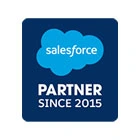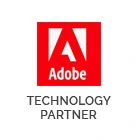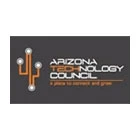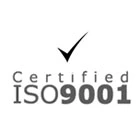Development Methodology
Girikon uses the Application Implementation Method (AIM) coupled with Girikon Project Management methodology to deliver an overall best-in-class program for its customers.
AIM consists of a set of processes iterated across the phases of implementation life cycle. This structured approach helps in accelerating the implementation process, with the help of predefined process workflows and software templates for creating project deliverables. Over the years we have included capabilities to consolidate and recommend quick moves in non-value-added areas.
Implementations, performed with a well-planned and structured framework, are more likely to succeed with ease in migration and integration, fewer production interruptions, less user stress, and faster return-on-investment (ROI).
The implementation approach has been determined keeping in mind the :
- Need to realize business benefits quickly
- Ensure harmonized design process
- Provide a scalable solution which over period of time would facilitate Client in integrating with its subsidiaries.
Preliminary Project Plan provided in the proposal stage will be revisited during the Pre Project Planning stage and analysis phase. Plan provides the high level strategy for the implementation activities.
Implementation Phases

As part of the overall Implementation Strategy, the entire implementation has been staggered into Five Phases. These modules would be implemented in two phases during the specified periods from Project start date as mentioned in Delivery and Acceptance Criteria section.
Implementation can be broadly divided into the following Phases:
- Pre Planning & scoping
- Analysis & Business Requirement Phase
- Design Phase
- Development Phase
- Move to Production
Pre Planning and Scoping Phase

During this Phase, the implementation team defines the scope and parameters of the project to the minutest granularity, establishes the metrics to measure the progress, and sets up the communication and reporting process.
Deliverables for this phase include a general outline of the implementation schedule and basic project milestones.
Analysis & Business Requirement Phase

During this phase Girikon will identify the business processes to be affected by the implementation and assign a cross-functional team for:
- Reviewing the current process
- Understand the Pain points
- Understand the Current reporting requirements
- Perform a fit/gap analysis based on delivered baseline functions
- Determine what procedures, reports, interfaces must be modified or developed to support the process in the new environment
Design Phase
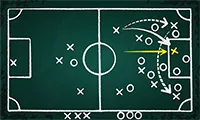
The Design stage is an evolutionary process where Girikon would develop the core nucleus of the new system design using mix of design documents and prototype demo. This environment becomes the method through which business requirements are met and design specifications are properly established and constructed in the system.
The information gathered in this phase is leveraged in the development of a complete system. During the phase the team would be conducting selected demo of solution where in the team would demonstrate the basic features of the product.
Development Phase

Based on the Business requirements and the fitment, Girikon consultants would design the solution keeping in mind the operational aspects. The Solution envisioning would look at all work around for the gaps identified and would also investigate at the process changes required or the developments to be done. Based on this the team would carry out developments and would proceed ahead based on the approval by the Client team.
The solution would be developed within the specified technical environment with ongoing project management reviews. The development stage also begins to incorporate and refine the organizational changes, procedures and training development. The system infrastructure is established and data conversion requirements are designed and constructed during this stage.
Move to Production

The main purpose of these Stages is to ensure that the system is complete and stable for transfer into production. After the final design and construction of the system components has been completed and approved, the system would be subjected to be unit testing and integration testing (cross enterprise testing) for end-to-end integration. The production environment tuning and required data conversion will be conducted during this stage as part of the continued efforts of Cutover Planning.
User training courses are arranged and conducted as determined by the training schedule and as per the application rollout sequence. User acceptance is performed during this stage.

 +1-480-241-8198
+1-480-241-8198 +44-7428758945
+44-7428758945 +61-1300-332-888
+61-1300-332-888 +91 9811400594
+91 9811400594









